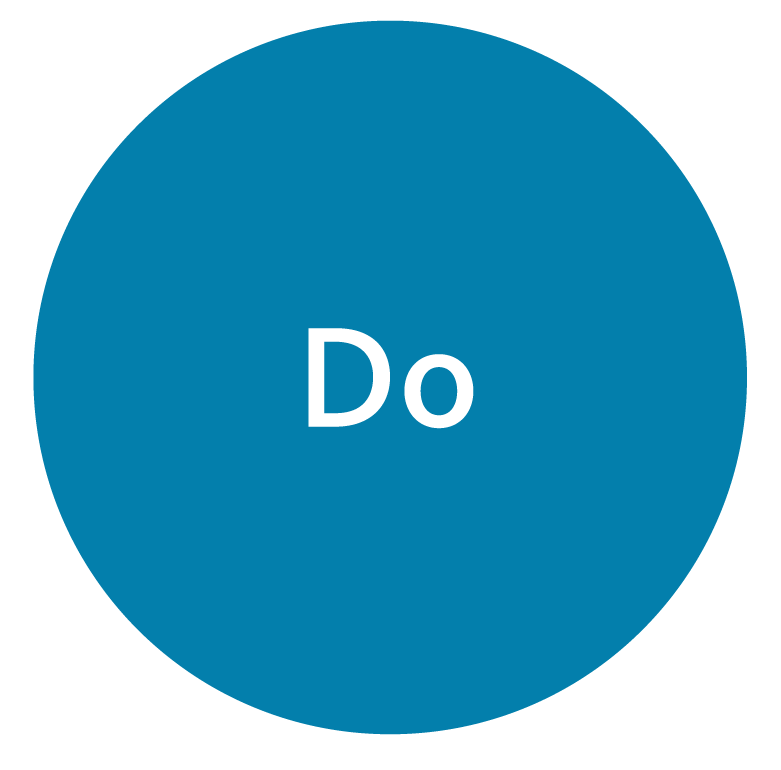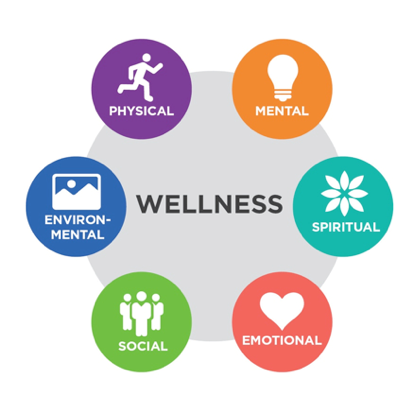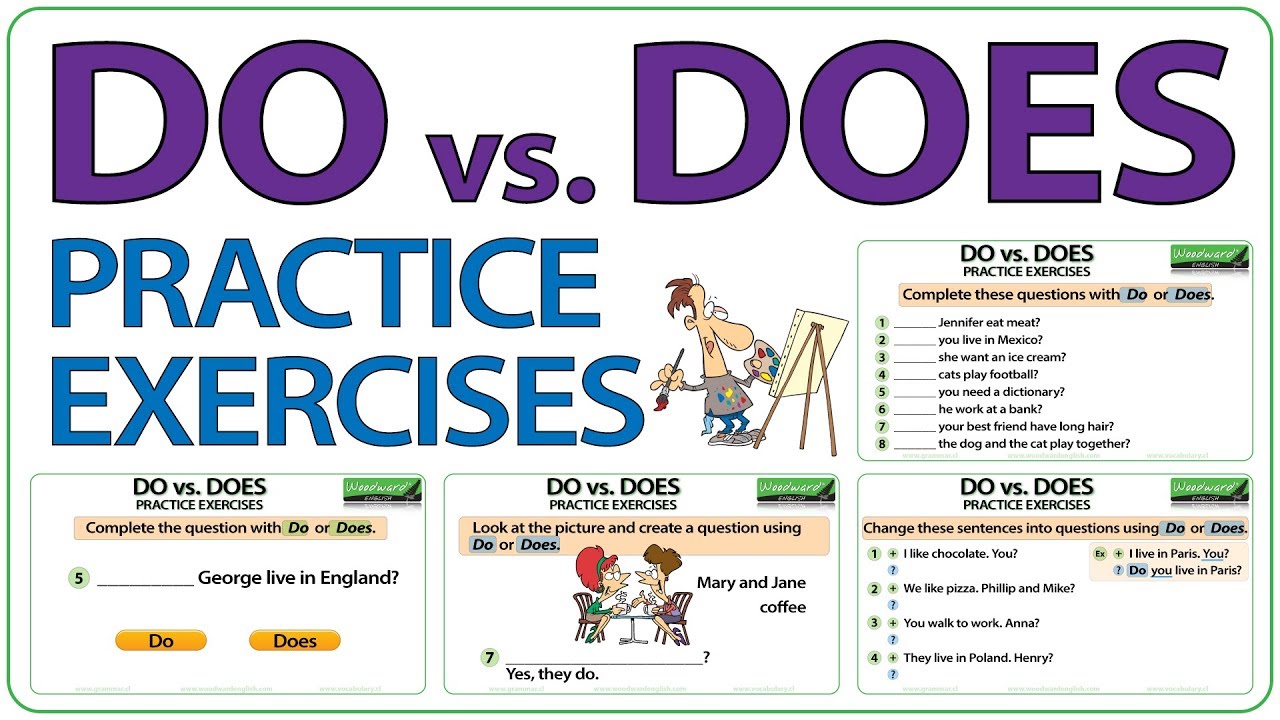Unlocking the Nine Dimensions of Wellness: Building a Balanced and Fulfilling Life
Introduction to the Nine Dimensions of Wellness
Wellness is much more than simply being free of illness. It is a holistic approach that encompasses many facets of life, each contributing to a sense of health, fulfillment, and resilience. The nine dimensions of wellness are recognized by leading educational institutions and health organizations as essential pillars for personal and community well-being. These dimensions are: physical, emotional, intellectual, spiritual, social, environmental, occupational (or vocational), financial, and cultural wellness. [1] Understanding and nurturing each element can help you thrive, adapt to life’s challenges, and pursue meaningful goals.
1. Physical Wellness
Physical wellness involves caring for your body through healthy habits such as regular exercise, balanced nutrition, sufficient sleep, preventive healthcare, and attentive self-care. This dimension also encompasses making informed choices regarding substance use and sexual health. For instance, engaging in at least 150 minutes of moderate exercise per week, maintaining a balanced diet, and scheduling routine medical checkups are practical steps you can take. [1] If you are looking for resources, many community centers and local health departments offer free or low-cost fitness and nutrition programs. You can search for ‘community health programs’ in your area or consult your healthcare provider for recommendations.
2. Emotional Wellness
Emotional wellness is the ability to understand, express, and manage your feelings in healthy ways. This includes developing resilience, coping with stress, and maintaining a positive outlook. For example, practicing mindfulness, journaling, or seeking support from a counselor can all foster emotional balance. Universities and workplaces often provide mental health services; to access these, inquire with your institution’s wellness center or employee assistance program. If you are not sure where to start, consider searching for licensed counselors or therapists through trusted directories like those offered by national psychological associations.
3. Intellectual Wellness
Intellectual wellness emphasizes lifelong learning, curiosity, and creativity. Engaging your mind through reading, solving puzzles, attending workshops, or exploring new skills helps keep your brain active and adaptable. For example, enrolling in an online course or joining a local book club are excellent ways to stimulate intellectual growth. Many public libraries and community education centers offer free or affordable programs. To find opportunities, search for ‘adult education classes’ or ‘community learning programs’ in your region.
4. Spiritual Wellness
Spiritual wellness involves seeking meaning, purpose, and a sense of connection to something greater than oneself. This may include religious faith, meditation, nature walks, or personal reflection. Spiritual wellness is deeply personal and may or may not involve organized religion. For those interested, local faith communities, meditation groups, or nature organizations can provide opportunities for spiritual exploration. If you wish to deepen this dimension, consider exploring resources available through local religious organizations, yoga studios, or community mindfulness workshops. [2]
5. Social Wellness
Social wellness is built on forming healthy, supportive relationships and fostering a sense of belonging within your community. It involves effective communication, respect, and the ability to establish boundaries. Participating in clubs, volunteering, or attending community events are practical ways to nurture this dimension. Many organizations, such as local volunteer centers or social clubs, welcome new members and offer opportunities to connect. To find these, search for ‘volunteer opportunities near me’ or visit your municipality’s community events page.
6. Environmental Wellness
Environmental wellness refers to creating and maintaining spaces-both at home and in the broader environment-that support health, safety, and sustainability. This includes reducing waste, recycling, using non-toxic products, and advocating for green spaces. For example, joining a community clean-up day or starting a home recycling program can help. Many municipalities provide resources on environmental sustainability; check your city or county’s official website for guides on recycling, energy efficiency, and community environmental programs. [1]
7. Occupational (Vocational) Wellness
Occupational wellness centers on finding personal satisfaction and enrichment from your work or chosen career path. This dimension means aligning your occupation with your values, skills, and interests while maintaining a healthy work-life balance. If you are considering a career change or seeking job satisfaction, career counseling services, professional development workshops, and mentorship programs are valuable resources. Many universities and workforce development agencies offer these services. To access them, search for ‘career services’ or ‘workforce development’ alongside your location.
8. Financial Wellness
Financial wellness is the ability to manage financial resources wisely, plan for the future, and cope with economic challenges. This includes budgeting, saving, investing, and understanding credit. For example, creating a monthly budget, setting savings goals, or consulting a financial advisor are practical steps. Many nonprofit organizations and banks provide free financial literacy workshops and counseling. To find such resources, search for ‘financial literacy programs’ or consult your bank’s website for educational materials. [3]
9. Cultural Wellness
Cultural wellness involves understanding, respecting, and appreciating your own cultural background and those of others. It includes embracing diversity, participating in cultural activities, and fostering inclusivity. For example, attending multicultural events, learning new languages, or joining cultural organizations can enhance this dimension. Many cities host annual festivals, workshops, and cultural heritage celebrations. To engage, search for ‘cultural events’ or ‘diversity workshops’ in your community. [5]
Practical Steps for Enhancing Wellness in All Dimensions
Improving your wellness across all nine dimensions requires intention and ongoing effort. Here are actionable steps to help you get started:
- Reflect on your current strengths and areas for growth in each dimension.
- Set realistic, achievable goals for improvement-such as walking 30 minutes daily or joining a community group.
- Seek out local resources such as libraries, wellness centers, or community organizations for support and learning.
- Connect with others who share your interests or values to build social and cultural wellness.
- Monitor your progress and adjust your strategies as needed, recognizing that balance may shift over time.
Overcoming Challenges and Finding Support
It is common to encounter obstacles when trying to improve wellness. Common challenges include time constraints, financial limitations, or uncertainty about where to start. To overcome these, prioritize one or two dimensions at a time, leverage free or low-cost resources, and reach out to community organizations for guidance. Many public health departments, educational institutions, and nonprofit groups offer programs to support wellness in each dimension. If you are unsure where to begin, consider contacting your local public library or community center-they often serve as hubs for information and connections to local resources.

Source: lessonpaths.com
Alternative Approaches and Additional Resources
While the nine dimensions model is widely adopted, some organizations may group or label dimensions differently. For example, some combine cultural and social wellness, or include creative wellness as a distinct category. [3] Explore various models to find the approach that resonates most with your needs and values. Ultimately, the most effective wellness strategy is one that is flexible and adaptable to your unique circumstances.
Key Takeaways
The nine dimensions of wellness provide a comprehensive framework for achieving a balanced, fulfilling life. By understanding and nurturing each element, you can build resilience, pursue meaningful goals, and enhance your overall well-being. Remember, resources and opportunities for wellness are available in most communities-start by identifying areas where you’d like to grow and seeking out reputable support systems.

Source: chemistrylearner.com
References
- [1] eCampusOntario Pressbooks (2024). Nine Dimensions of Wellness – Definitions and Explanations.
- [2] Colorado State University Pueblo (2018). 9 Dimensions of Well-Being – Health Education & Prevention.
- [3] The Ohio State University Wellness (2021). Dimensions of Wellness – Digital Resource.
- [4] University of Waterloo (2025). The Nine Dimensions of Wellness – Program Overview.
MORE FROM lowcostbotox.com













